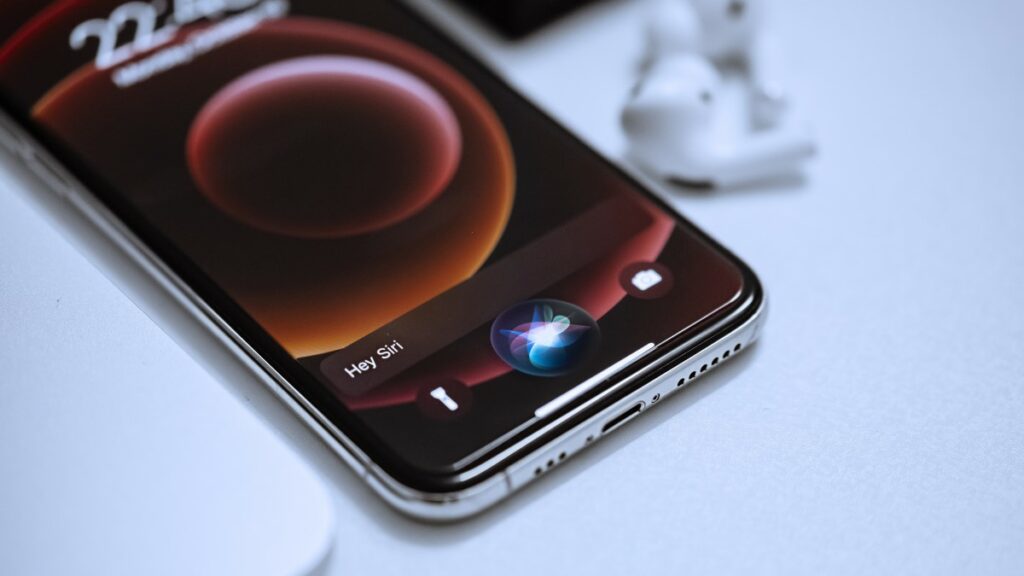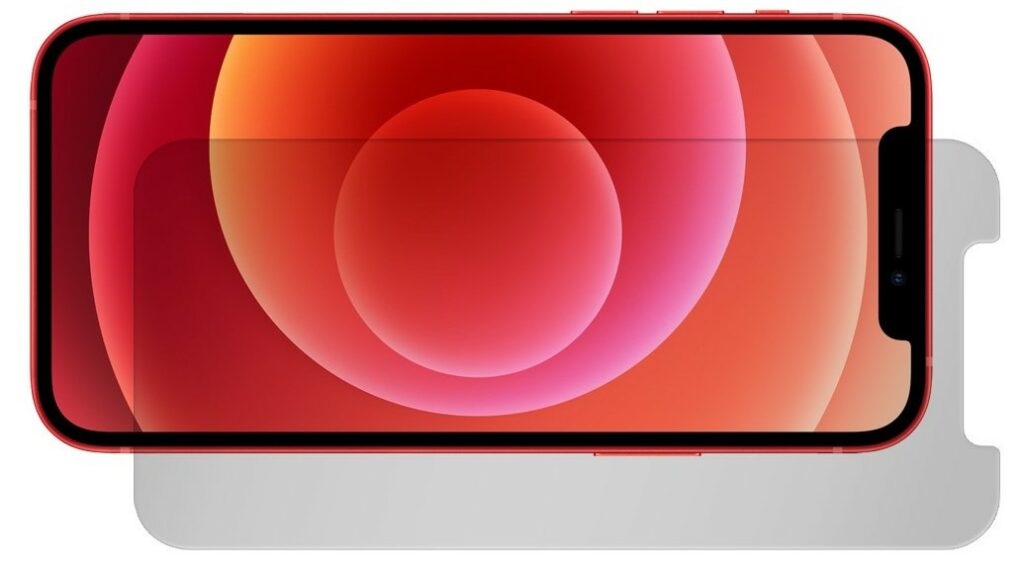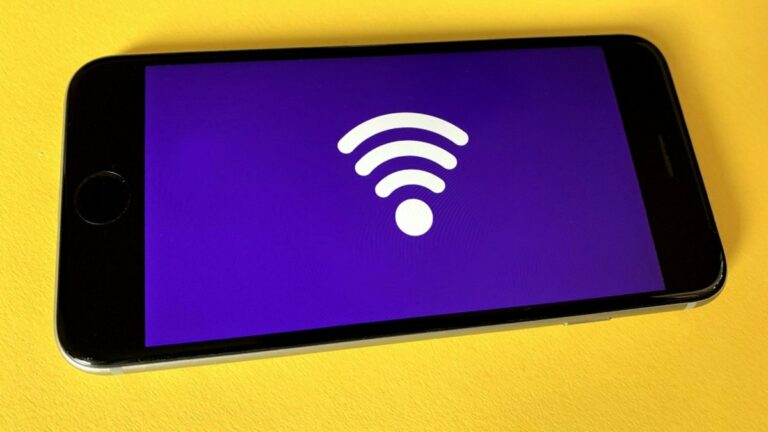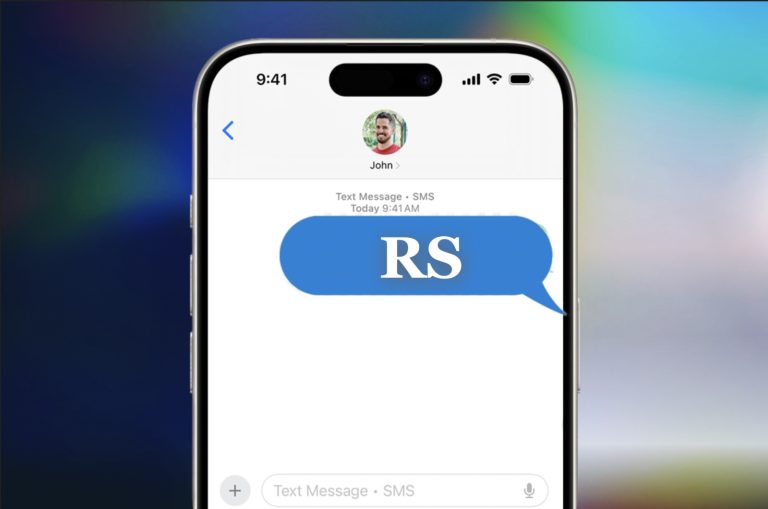Tempered Glass Vs. Plastic Screen Protector: Which One To Use?

The first thing that most users do when they buy a new smartphone is getting a screen protector. The most common one we see in the market is the tempered glass screen protector, but other options are also available. A plastic screen protector is an excellent alternative to tempered glass, but it has some pros and cons.
I have always used tempered glass as they offer excellent protection but are not precisely scratch resistant. That’s when a local mobile shop employee told me about plastic screen protectors. And after using them for my tablet, I can say with certainty it was quite a different experience.
If you plan on selling your phone after some years, it is better to take care of it. And don’t even think about using your phone with a cracked screen as there are many risks involved, like the ones in this article. Replacing your damaged screen could also cost you a fortune, so it is better to be safe than sorry.
Choosing between a plastic screen protector vs. tempered glass is based on your preferences, as each has its advantages. If you are prone to dropping your phone off often or being clumsy, you should get one of the following options.
Plastic Screen Protectors

Plastic screen protectors come in two types: Polyethylene Terephthalate (PET) and Thermoplastic Polyurethane (TPU). Let’s look at how they compare to each other and tempered glass.
PET screen protectors offer the least amount of protection, but it is very smooth and cheap. You will hardly even notice them because they are pretty thin and light. Overall, PET tradeoffs your smartphone’s protection for an esthetic look and low price.
Technically they are reusable, but there are rare circumstances where you can use them. I wouldn’t recommend you go with PET unless you care about the look of your smartphone.
TPU, on the other hand, provides better protection than PET. It also has some self-healing capability for light scratches and is quite flexible. Because of their flexibility, they can cover any curved edge smartphone. However, it isn’t easy to install and has a rough surface.
The biggest downside is that TPU screen protectors must be constantly cleaned as they are not fingerprint resistant.
Pros
- Flexible (TPU)
- Cheap
- Thin and light (PET)
- Reusable
- Suitable for curved-edge smartphones.
Cons
- Less protection
- Visible fingerprints
- Not as smooth as glass.
Tempered Glass

Tempered glass screen protectors have become the traditional choice for smartphone users for many reasons. They offer the best protection for your smartphones despite not having TPU’s self-healing capability. They also prevent fingerprints and oil smudges and are the best in smoothness.
The average thickness of the tempered glass is about 0.3-0.5 mm. Due to this, the glass is pretty noticeable on smartphones compared to plastic screen protectors (0.1 mm).
You can also easily clean the screen with a cloth with minimal effort. However, once cracked, they are done. If the glass loses its structural integrity, you also risk cutting yourself.
Pros
- Best protection
- Smooth
- It prevents fingerprints and oil smudges
- Easily cleanable
Cons
- Thick
- Becomes useless after a single crack.
There’s also a nano-liquid screen protector in the market, but it is very niche and doesn’t have a lot of uses. All in all, tempered glass is the best choice for most smartphones (such as Corning’s Gorilla Glass). Plastic screen protectors are only helpful when you have a curved-edge smartphone or a tablet.
Tempered glass for tablets can cost quite a lot, so it might be better to use PET or TPU screen protectors in those cases. We hope that you found this article informative. If you have ever used a plastic screen protector or nano liquid, let us know about your experience in the comments below.






